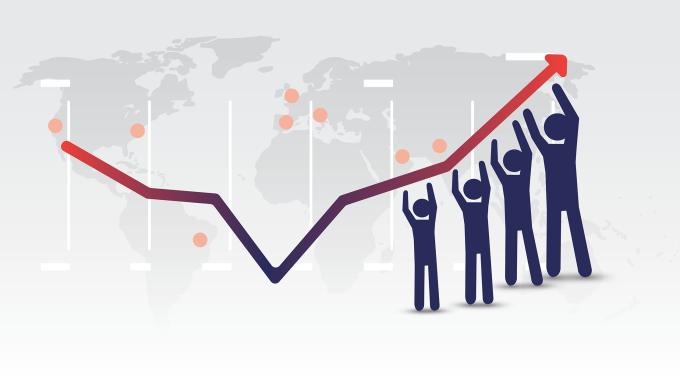
Mission-Aligned Investing: How We Assess Our Progress

In a new report released today, Agility—our Outsourced Chief Investment Office (OCIO)—offers an update on our collaborative efforts to develop and refine our approach to assessing the non-financial outcomes of our mission-aligned investing.
The journey to align our endowment with our mission has been an iterative one, as we have sought to embed our priorities throughout the investment portfolio. These efforts, in partnership with our Investment Committee and Agility, include:
- Divesting from investments in fossil fuels;
- Adopting an ESG lens;
- Impact investing;
- Increasing diversity among its investment managers;
- Exercising active ownership; and
- Leveraging RBF’s influence to build the field of mission-aligned investing.
A distinguishing characteristic of the RBF's mission-aligned investment strategy is the requirement that all our investments meet market-rate return and risk attributes. The pursuit of market-rate mission-aligned investments at the RBF is meant to support the idea that what is good for people and planet can also be good for the bottom line.
We have benefited from the learning of fellow philanthropic asset owners, mission-aligned investing networks, and supportive asset managers and we understand the value of shared lessons to support and advance the broader field of mission-aligned investing. The RBF has worked to be as transparent as possible about our mission-aligned investing strategies, decisions, motivations, and definitions, as well as our results, to provide practical information for other investors.
In 2020, we released Investing in Our Mission, a case study detailing how the Fund’s investment returns beat market benchmarks since divesting from fossil fuels in 2014. That publication outlined our journey toward divestment, the challenges we faced, and the progress we achieved.
The new report, Mission Aligned Investing: How We Assess Our Progress, focuses on impact and ESG investing to share how our investment team thinks about the non-financial returns from our portfolio. Impact and ESG investment metrics remain a work in progress across the industry. Over time, Agility and the RBF have adopted an increasingly more comprehensive lens to assess the non-financial outcomes of our mission-aligned investments. The report details the RBF’s 2021 transition to a multi-pronged approach to impact and ESG metrics, including:
- Considering both qualitative and quantitative data, recognizing that impacts can be positive or negative.
- Using the Global Impact Investing Network (GIIN) IRIS+ catalog of generally accepted impact performance metrics to measure social, environmental, and financial success.
- Adopting the United Nation’s 17 Sustainable Development Goals (SDGs), which many have seen as an industry standard, as a method for categorizing ESG and impact goals.
- Actively engaging with industry coalitions and efforts to further standardize ESG and impact metrics.
Aligning our endowment with our mission extends beyond the investments in the portfolio to other steps we, as investors, can take to influence corporations, fund managers, and other asset owners. The report also details our focus areas for intended impact, areas of growth, and shareholder engagement activities. The RBF developed and implemented revised proxy voting guidelines in 2017 and partners with Agility and Institutional Shareholder Services, Inc., in the implementation and subsequent reporting phases of shareholder engagement and proxy voting. The RBF exercised its proxy votes on a range of issues in 2021, including human rights, workplace and board diversity, sustainability and climate change, and others. The report shows how RBF proxy voting reflects and builds on larger trends in shareholder engagement over the last several years.
We hope you find this report helpful in your institution’s journey to use your financial portfolio and investment decisions to advance your values. Let us know how it’s going—we look forward to continuing to learn from the experiences of others.